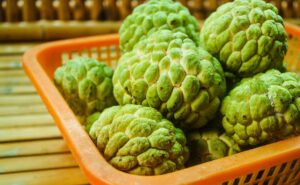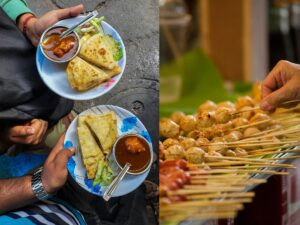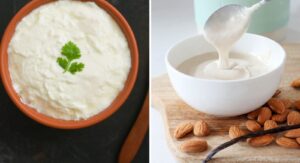Dalia vs Quinoa: Which Grain Truly Belongs on Your Plate?
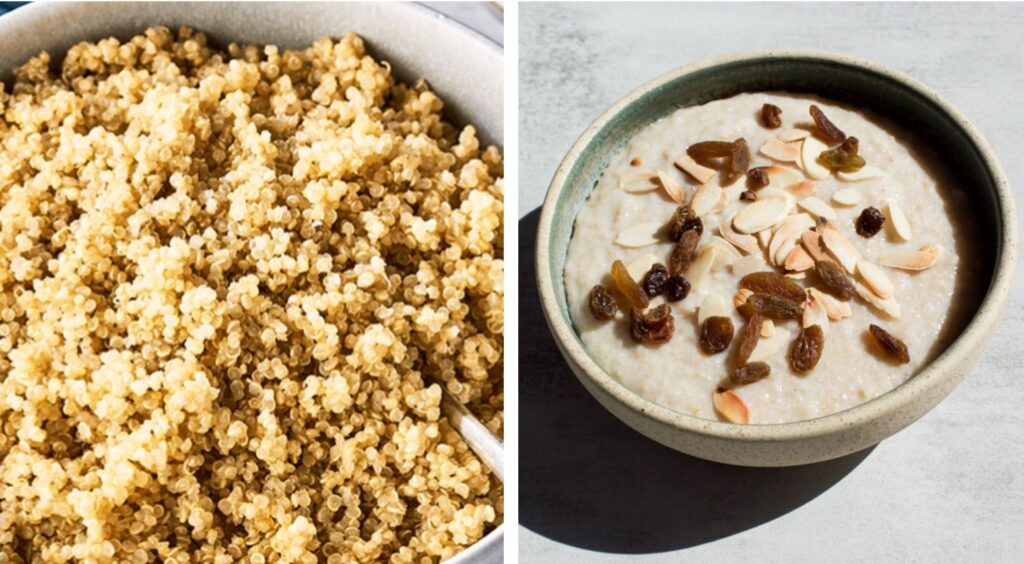
Dalia vs Quinoa: Which Grain Truly Belongs on Your Plate?
Grains are the cornerstone of most diets, providing energy, fiber, and vital nutrients. While rice and wheat remain classics, health-conscious eaters are increasingly exploring alternatives. Two such contenders are dalia (broken wheat), a familiar staple in Indian kitchens, and quinoa, a South American import hailed as a “super grain.”
So, which should you choose? Let’s compare.
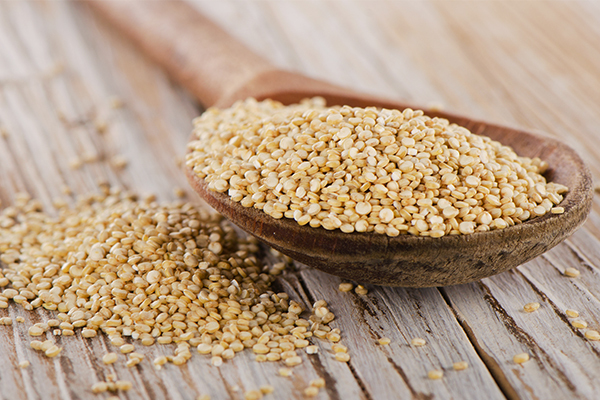
Roots and Rising Fame
Dalia is as traditional as it gets — made by coarsely crushing whole wheat, it’s quick to cook, easy to digest, and stars in dishes like porridge and khichdi. Its mild flavor makes it a versatile base.
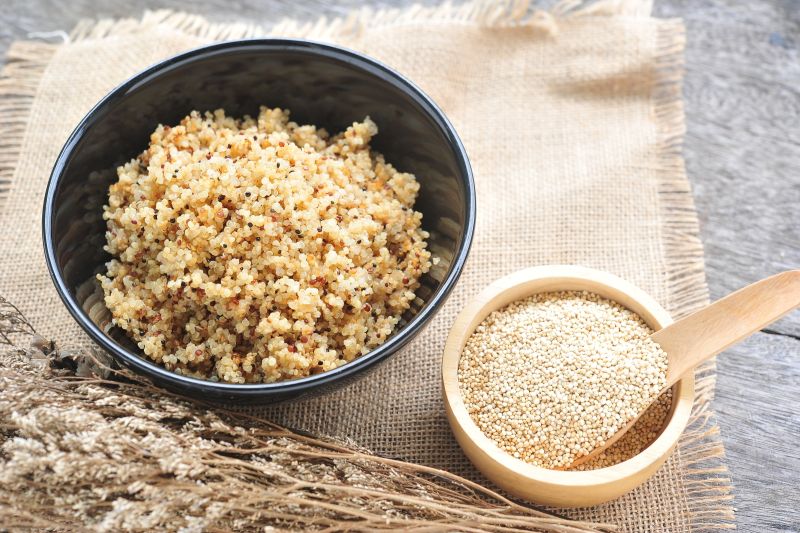
Quinoa, cultivated in the Andes for thousands of years, has found global popularity only recently. Valued for its rich nutrient profile, it now appears in everything from breakfast bowls to salads.
Nutrition Face-Off
Quinoa’s biggest strength is its protein: it’s one of the few plant-based foods containing all nine essential amino acids, making it a hit among vegetarians and fitness buffs. Dalia is lower in protein but remains a solid source of plant nutrition.
Carbohydrate-wise, dalia scores points as a complex carb, offering slow, sustained energy and better blood sugar control — ideal for diabetics. Quinoa also has a low glycaemic index but comes with slightly fewer carbs and more healthy fats.
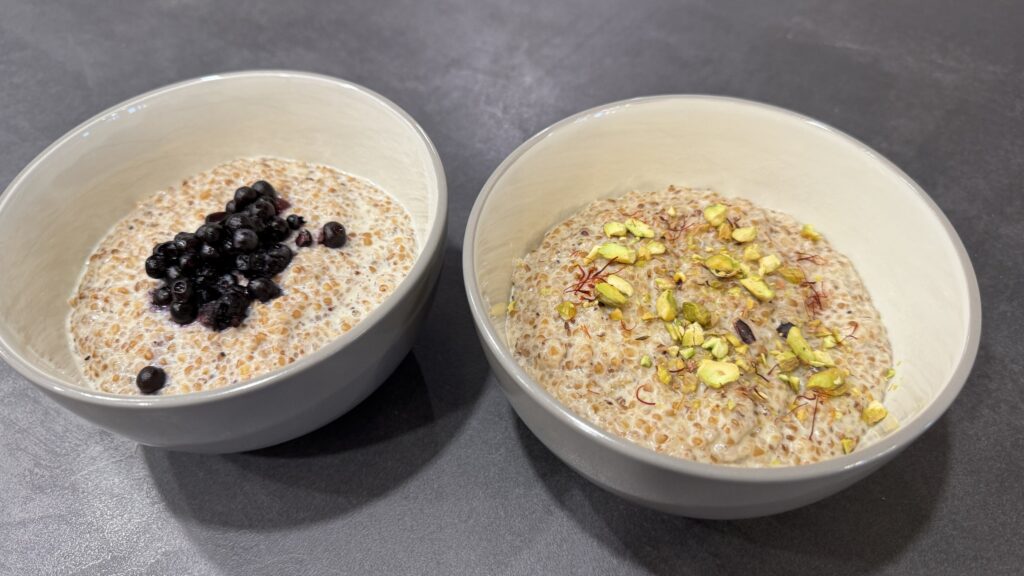
Both grains are rich in dietary fiber, supporting digestion and satiety. Dalia is usually gentler on the stomach, while quinoa must be rinsed thoroughly to remove saponins that might cause bloating.
Micronutrient Edge
Quinoa edges ahead with higher levels of magnesium, iron, potassium, and folate — nutrients that aid muscle function and energy production. Dalia also offers magnesium and phosphorus, though in smaller amounts.
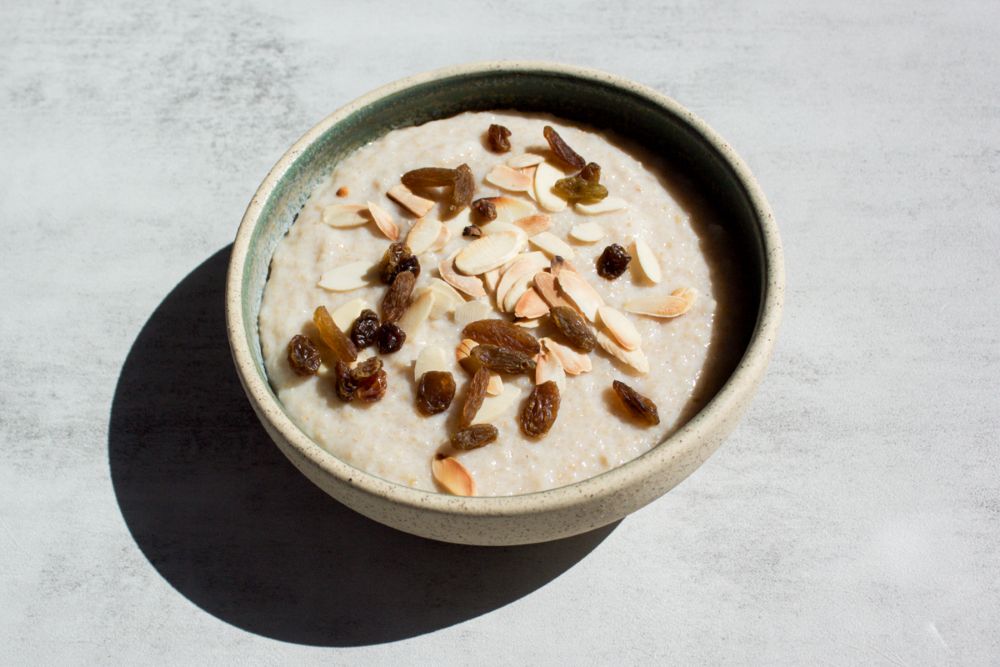
Cost and Convenience
Here’s where dalia shines: it’s affordable, widely available, and familiar to most Indian households. Quinoa, while easier to find today, is still costlier and often considered a premium item.
So, Which Grain Wins?
Neither grain is universally “better.” Quinoa is unmatched for protein and micronutrients; dalia stands out for affordability, digestibility, and steady energy release. The best choice depends on your dietary goals, health needs, and budget.
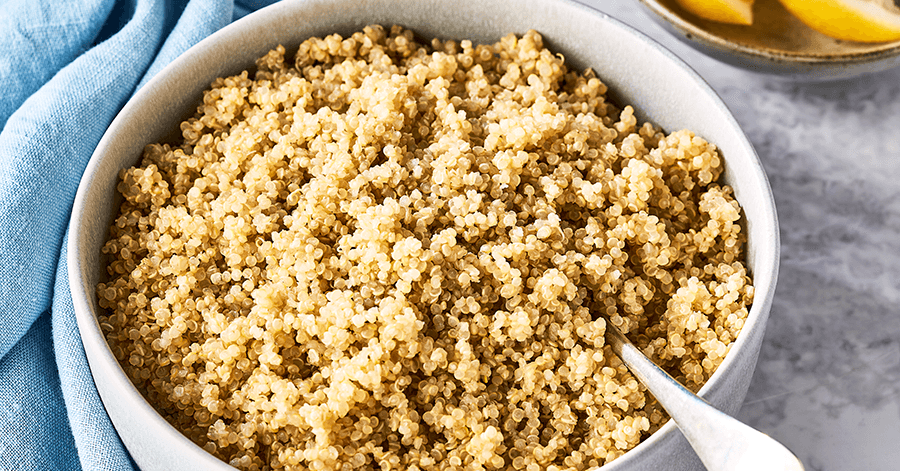
If you want to boost protein intake and diversify your meals, quinoa is a great addition. But for daily cooking that’s gentle on your stomach and your wallet, dalia remains a classic choice.
In the end, a healthy plate can have room for both — balancing taste, nutrition, and practicality.





